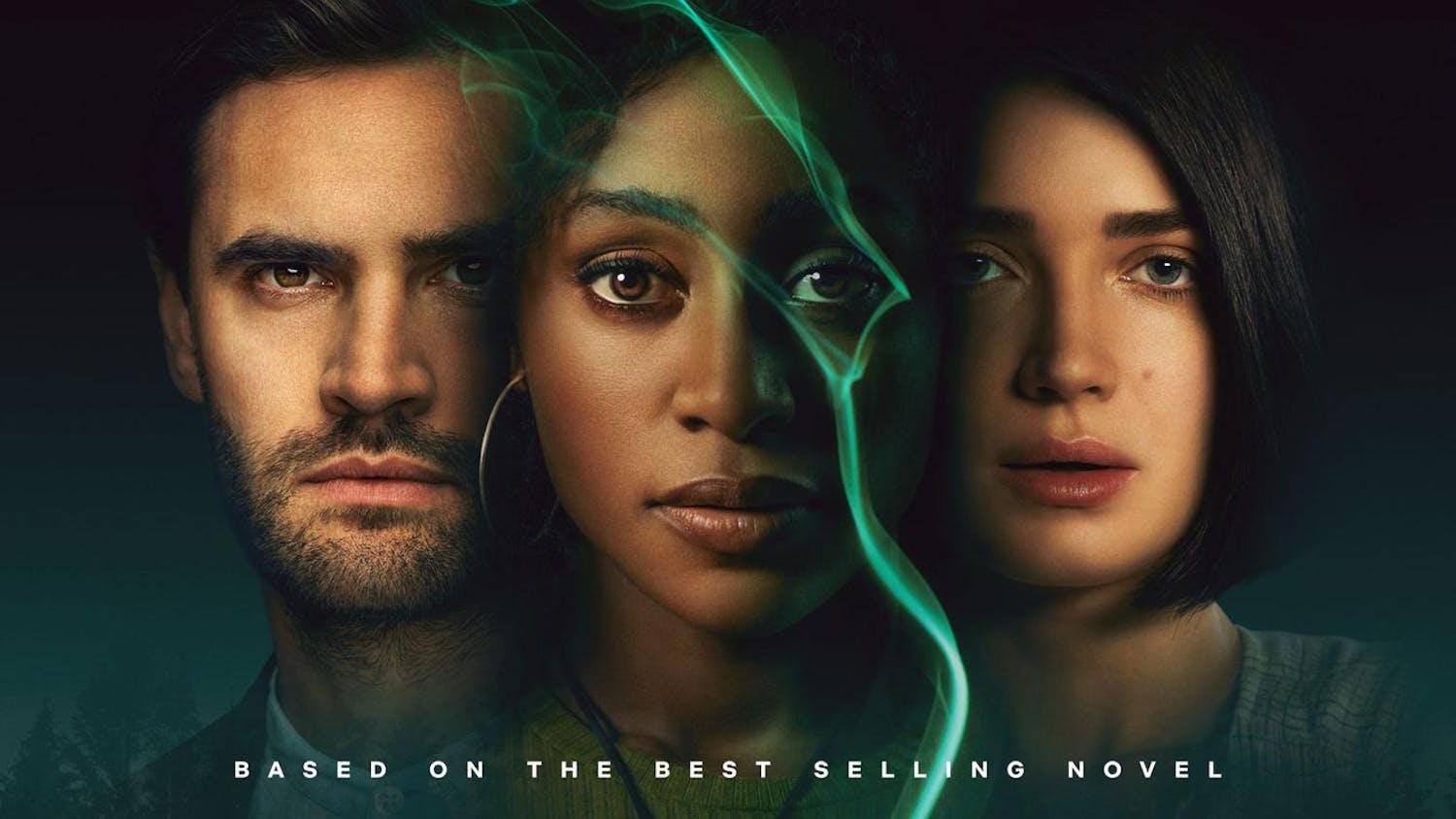By SHAY COLLINS
Over the past few years, it has become accepted wisdom that you cannot write comprehensively about music listening without writing about streaming services. According to Digital Media Ramblings’s statistics report from May, more than 350 million people use streaming services, and almost 200 million use the big three — Pandora, Spotify and iHeart Radio. The numbers do not include multiple service users (myself included, as a patron of Spotify, Pandora and 8tracks), but the point remains — people stream music a whole lot. The streaming coin has two faces. Artists and cynics allege that, as music becomes hyper-accessible, listeners’ appreciation of the musicians plummets. Jared Newman, for example, wrote for Fast Business about treating Phish’s — a once-cherished band — new album “as unceremonious[ly] as any other album, soon buried under countless other options” in his Rdio (yet another service) library. Yet, Newman justifies his opposition by intensely commodifying music: “It becomes an investment, which in turn demands your attention.” Newman’s account sounds suspiciously like guilt tripping oneself to take music more seriously by forking over cash for it.
The streaming coin has two faces. Artists and cynics allege that, as music becomes hyper-accessible, listeners’ appreciation of the musicians plummets. Jared Newman, for example, wrote for Fast Business about treating Phish’s — a once-cherished band — new album “as unceremonious[ly] as any other album, soon buried under countless other options” in his Rdio (yet another service) library. Yet, Newman justifies his opposition by intensely commodifying music: “It becomes an investment, which in turn demands your attention.” Newman’s account sounds suspiciously like guilt tripping oneself to take music more seriously by forking over cash for it.
I face the polar opposite problem when using streaming services. With so much free, curated music, I can’t stop listening. I put on headphones to get dressed, I stick earbuds in to walk anywhere, I listen for hours when studying and when I fall asleep. With careful planning — making my own playlists, forcing myself to listen while doing nothing else — I sidestep Newman’s worry and feel that I’m getting maximum bang for my zero bucks. Entire sub-genres that I was once unable to afford “getting into” are now just a click away.
Accordingly, streaming services attract potential listeners by helping out on the curating front. Most services have a Pandora or 8tracks-like algorithm that creates playlists based off of specific artists or moods. Thus, Spotify’s new feature — Found Them First — garnered surprisingly little attention. Users log into the Found Them First microsite, which then tells them “which breakthrough artists you found first.” Sort of.
Technically, it tells you for which artists who have “at least 20 million streams and have experienced growth of at least 2,000 percent from January 2013 to January 2015,” according to Glenn Peoples for Billboard. Most tech and music sites gave the service a 200-word or so gloss, many of which merely commented on the software development, and the slightly strange definition of “breakthrough artist.” Yet, there remains so much to talk about regarding Found Them First, so many cultural tropes tapped into, so many implicit statements about how we listen to music.
Reflecting on the Found Them First coverage, I’ve noted that the writers invariably comment on Spotify’s apparent choice of a hipster-stereotype-in-the-flesh to name the microsite. Writers’ comments on this fact ranged from mild ribbing to unironic lamentation. Yet, Spotify is not really selling bragging rights: They’re utilizing a hipster trope to promote their music discovery service. As Glenn Peoples writes, “Streaming services routinely boast their discovery credentials and go to great lengths to be their listener’s source for finding new music.” Spotify may promise to reveal your batting average on past breakthrough artists but, truly, they’re pushing what The Verge’s James Vincent calls the “consolation playlist of the next next big things to help us ‘get ahead of the pack.’”
No column hemming over music discovery services is complete without a story of the good, old pre-internet music cultivation days. Coupled with trips down to the city to see grandparents, my dad and I made the pilgrimage to the Park Row J&R. For context, I grew up (and family home still stands) in a sub-rural patch of forest where the Internet was always just barely in reach, and not even close to “high speed.” Consequently, I might occasionally fumble around the iTunes store trying to access a song, just to commence a full-day affair of actually downloading. As such, the basement hall of J&R stretched out before my middle-school eyes like a Scrooge McDuck gold pit. J&R’s alphabetical layout eschewed the intense musicological ties that streaming services proffer through their algorithms. I never thought of perusing Wikipedia or Pitchfork to find “related artists”; band names and album covers peering through jewel cases alone caught my eyes.
I can still remember precisely all of the CDs I ever bought, and even which ones I bought from J&R. But, unlike some critics, I have no nostalgia for the pre-streaming age. It is unsurprising: I never had a disposable income in that era. The holy rooms of J&R, Barnes & Noble and the like were a place to bask in the presence of vast music, but never a place to seriously purchase.
Back in the present, I find myself logging in to Found Them First, to see how many breakthrough artists I’ve “discovered.” A moment of hyper-modern dramatic irony plays out: I’ve never seriously listened to the two artists that were, and I quote, “hidden gems until you gave them a listen.” The only way I could’ve been in the first five and three percent to stream Rich Homie Quan and New Politics, respectively, is if I heard them on a curated Spotify playlist. The precise kind of playlist that Spotify now thinks I should listen to in order to “get ahead.”
Streaming services and their included curating algorithms are not going to turn anyone into thoughtless, top 40-drones, but nor will they let anyone become a musical-Übermensch, finding all of the best new artists and perfect songs for every situation. Yet, I’m positive that middle school me would be elated if I could go back and tell him that, in just a few years, free (free!) software would let him listen to thousands of songs without budgeting out a few dollars and a few hours on the iTunes store.
Shay Collins is a sophomore in the College of Arts and Sciences. He can be reached at scollins@cornellsun.com. Morning Bowl of Surreal appears alternate fridays this semester.

COLLINS | I (Streamed) it First
Reading time: about 6 minutes
Read More










